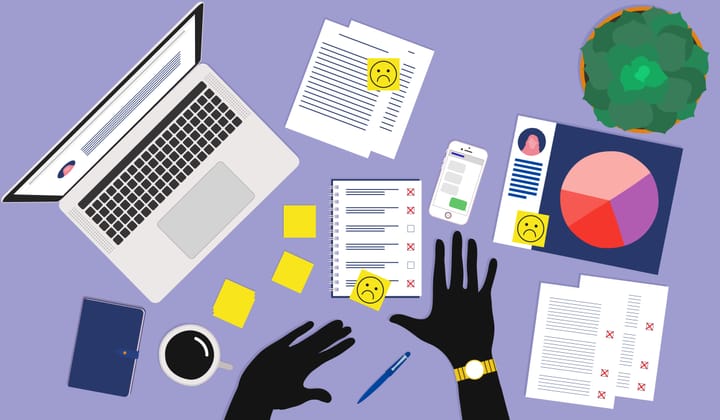How to run an effective meeting

Meetings should be making stuff happen for your company. Here is how to make sure they do.
This is a guide that will help you understand how to run effective department meetings that involve the same (often high-level) group of people.
Meetings are incredibly costly elements of the working week. You’ll often have several executives or directors in the same room all committing their attentions to something other than their individual work priorities for that hour. Left to their own devices, the six or seven people in that room could be creating a lot of value for your business—so make sure the meeting is necessary beforehand!
For this reason, it is well worth making sure that your meetings are efficient. Here are six foundational pillars that you have to keep in mind in order to run effective team meetings:
Timing
The meeting should always start at a specific time. Spend some energy thinking about when that time is. You will already be taking people away from their main priorities for the day, so try to avoid distracting them during their most productive hours—such as mid morning or mid afternoon. On the flip side, too early or too late will not get attendees who are particularly focused. Instead, aim for the hour just before lunch.
If the meeting is due to happen each week, make sure that it takes place at the same time each week. Be sure to start and finish on time. Don’t let people dribble in late or leave before the meeting is up.
That said, if every topic on the agenda has been tackled, then the meeting can and probably should end early. You don’t want people to feel as though they don’t want to be there.
Agenda
A key part of how to organise effective meetings is having an agenda. This allows the meeting to keep to the point and to have the potential of finishing early.
The agenda should always be laid out in two parts: Standing items to review weekly (which could include metrics, people updates, business priorities); and discussion items which vary from meeting to meeting (items on this part of the agenda can be suggested just before the meeting).
The agenda should be in a document that is shared with the meeting attendees ahead of time, giving everyone visibility and ample time to prepare. All team members involved should be able to see this document and suggest their own items to the discussion section.
People will engage and participate more during the meeting if they have had time to think about the particular topic on the agenda.
Communication Style
It’s all too easy for regularly held meetings to slip into their own informal idiosyncrasies, as people get more comfortable over time, so make sure you stick to respecting the agenda and keeping the meeting as professional as possible. This is especially important when it comes to language and communication style. Avoid using emotional cues during arguments and discourage people from talking over others.
The discussion should always focus on the outcomes, generating actions for the relevant stakeholders—so don’t get caught up in minor details. Use positive and helpful language and always look to support your colleagues if they’re struggling to get an idea across.
Roles in the Meeting
There are two key roles to be decided upon before you start working through the agenda of an important regular meeting. These are the chair and the individual who will be taking down notes and actions.
Both of these roles should rotate around the attendees, especially that of the note taker. This shouldn’t just be handed off to the most junior employee, else it ends up feeling too much like a task and that person will not be able to contribute positively to the meeting.
When it comes to designating who will chair the meeting it is important to remember that some people are better at that role. If you or another employee have strong opinions on every point on the agenda then don’t be the chair. The chair’s responsibility is to move the discussion on from a point a lead it to actionable decisions.
Preparation
Ideally, everyone in the room will have prepared for the meeting by knowing what is going to be discussed, what their role in the discussion is and what they themselves will be saying.
Humans rarely make their best decisions in the moment. In general, we need to prepare our thoughts. This is because in a meeting we are more likely to tap into our emotional rather than rational decision centres.
Expectations should be set such that everyone comes to the meeting prepared. At the very least, this means that the agenda should be shared and read ahead of time. Additionally, if attendees can make a habit of writing up their thoughts on each major topic beforehand, then this will facilitate the discussion. Being prepared is the best way to run an effective meeting.
Actions
Why are you holding a meeting? To get a group of relevant stakeholders to agree on what to do next. What ends up being decided has to take the form of actions, otherwise there is no guarantee that anything will end up getting done.
Make sure that each point on the agenda gets an appropriate action written down next to it and that someone in the room is assigned to getting it done. The first thing to do during the next meeting is to check up on all of the previous meetings’ actions and to check what has or has not been done. People should be held to account if they have failed to complete their actions for that week.
It’s not the details of the discussion that matter when you are mastering how to run effective meetings. As a general rule, remember that the meeting is only successful if it helps in getting stuff done.


